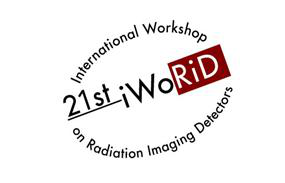Speaker
Description
The CMS muon system is built of different detector technologies: Drift Tube chambers (DT) and Cathode Strip Chambers (CSC) serve as tracking and triggering detectors respectively in the barrel and the end-caps of the spectrometer, whereas Resistive Plate Chambers (RPC) complement DT and CSC and are mostly used in the trigger. In addition, multiple layers of Gas Electron Multiplier (GEM) chambers are being installed in the muon system end-caps at different stages of the CMS upgrade programme. A measure of the background hit rates and currents drained by the different muon detectors during the LHC Run-2 is of prime importance for an assessment of the longevity of the chambers and their on-board electronics, which are critical for the projection of the expected performance of the system at HL-LHC. Moreover, an accurate modelling of the backgrounds using simulations is also critical. In fact, an estimation of the change in backgrounds as a consequence of the evolution of the CMS detector geometry expected for the Phase-2 upgrade, can only be performed rely on Montecarlo-based predictions. The state of the art of the understanding of the backgrounds measured with data collected during the LHC Run-2, as well as at CERN high-intensity gamma irradiation facility, (GIF++), will be discussed. Additionally, the work made to improve the accuracy of the background modelling in Fluka and GEANT4 simulations will be also presented.




